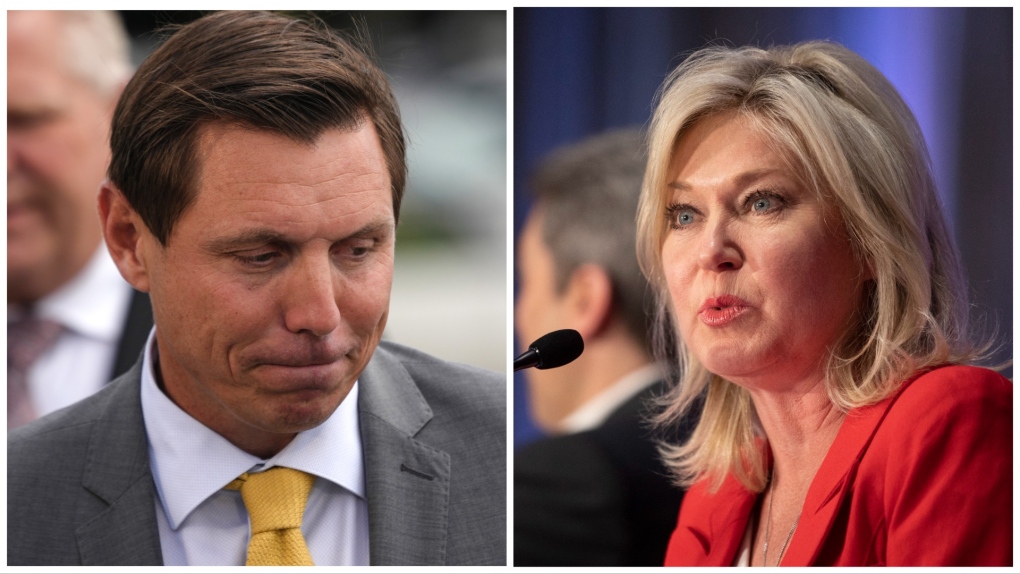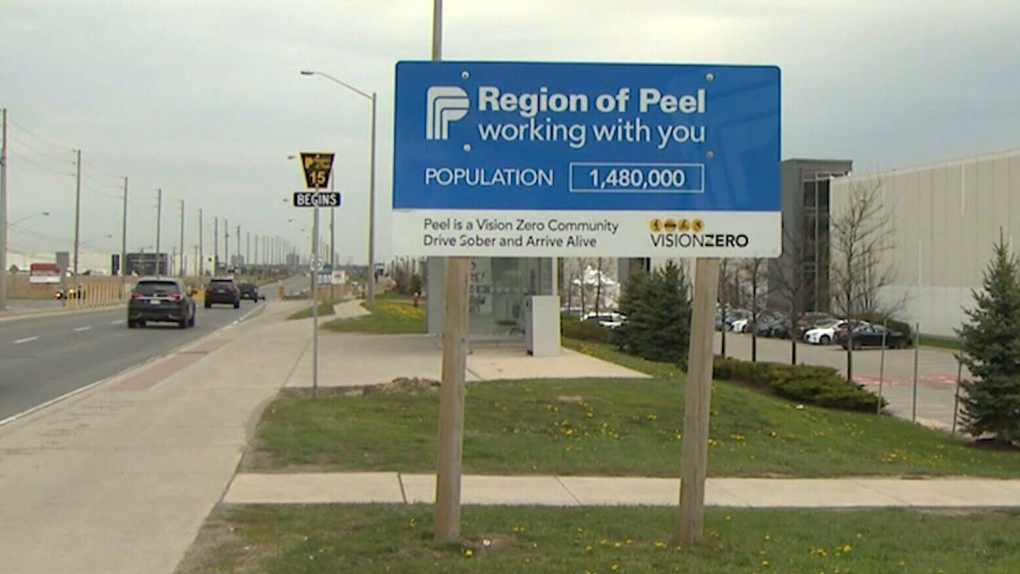This is what Peel Region separating means for Mississauga, Brampton, and Caledon
The Ontario government will dissolve the Region of Peel by 2025, making way for an independent Mississauga, Brampton and Caledon.
This is not a process that will occur overnight. The three municipalities that make up Peel—Brampton, Mississauga and Caledon—have shared core services and programs since 1974. While each city has its own members of government, Peel Region has an overarching council that helps govern economic growth and development.
So, how will this work? How do you separate three cities that are so intertwined?
This is what you need to know:
Why are we doing this?
Mississauga Mayor Bonnie Crombie, as well as her predecessor the late Hazel McCallion, has long advocated for an independent city. In 2019, Mississauga’s city council approved a motion to make it become, in principle, a “single-tier municipality, independent of the Region of Peel.”
At the time, the province promised to look into it and two financial impact reports were submitted to the region.
- Download our app to get local alerts on your device
- Get the latest local updates right to your inbox
Crombie has argued that separating from Peel would save taxpayers about $1 billion over the next decade and provide the city with control over its own “destiny,” like other large municipalities in Ontario.
More than 800,000 of the 1.4 million people in Peel Region reside in Mississauga.
"This is huge. This is historic for Mississauga," Crombie told Newstalk 1010’s Moore in the Morning on Thursday. "The time has come...Brampton is quite able and capable of standing on its own two feet."
Does everyone support this?
The short answer is no. Brampton Mayor Patrick Brown has said that while he approves of dissolving Peel in order to streamline governance for his city, he is concerned about the financial ramifications of the separation.
Brown told CP24 Wednesday that much of Peel Region’s infrastructure, including water treatment plants and emergency services such as police, are headquartered in Mississauga.
 Brampton Mayor Patrick Brown and Mississauga Mayor Bonnie Crombie are seen in these photographs. (The Canadian Press)
Brampton Mayor Patrick Brown and Mississauga Mayor Bonnie Crombie are seen in these photographs. (The Canadian Press)
“I'm not opposed to the principle of getting rid of the Region of Peel. My contention has been that if Mississauga wants to leave and have a divorce that they have to pay the bill,” he said, noting that Mississauga would owe Brampton between $1 and $2 billion so that they could build infrastructure of their own.
For Crombie’s part, she said she “can’t imagine how the numbers would indicate” that Mississauga owes Brampton any money, an assessment Brown called "alarming" in a follow up interview.
“But if it proves that, so be it. I mean, this is so important to us to stand on our own two feet and control the future of Mississauga. We're going to do the right thing,” she said Thursday.
What about Caledon?
Caledon Mayor Annette Groves told reporters Thursday that she didn’t want to leave Peel Region.
“We've always maintained a position that we felt that the region has worked really well. It isn't something that we wanted,” she said, noting that her city is the “child” in the divorce of Brampton and Mississauga.
On Wednesday evening, Groves told CTV News Toronto that she had yet to be briefed about the impending split. But in January 2025, her city will become independent whether it’s her wish or not.
What happens to those shared services?
This is also unclear and will be a topic of discussion for the provincial transition board, which is set to provide recommendations in the summer or fall of 2024.
The list of shared services is extensive and includes paramedic services, health programs, long-term care and services for seniors, child-care support, garbage collection and recycling, water and water treatment, road maintenance, as well as housing and shelter.
It's likely that each municipality will have to create the infrastructure to offer these services to their own residents, something that could be a timely and costly process. It is also possible that some broad services such as water treatment or police could remain regionally operated.
How will government change?
Each municipality has a mayor and a city council. The Region of Peel also has a council consisting of 24 members with a Regional Chair.

Legislation will dictate what happens, but likely the regional council will simply dissolve, leaving each municipality’s council to conduct daily business.
Can we afford to do this?
At this time, we don’t know what the true financial ramifications of this change will be. All three municipalities contribute a significant amount of their revenue towards Peel Region, which goes towards paying for core services as well as staff and programming.
Brampton provides nearly 40 per cent of revenue collected in taxes while Mississauga contributes 45 per cent.
Brown has said that Premier Doug Ford promised that Brampton wouldn’t get “shafted” in the separation and that Brampton would “remain whole.” It’s unclear if this means the province will foot the bill during this time of transition.
When will this happen?
The government has said that Peel Region will officially dissolve in 2025, ahead of the October 2026 municipal elections.
A transition board of up to five people will be set up sometime this year to oversee the process. At that time, the province may introduce further legislation to address any other issues.
CTVNews.ca Top Stories

Trudeau appears unwilling to expand proposed rebate, despite pressure to include seniors
Prime Minister Justin Trudeau does not appear willing to budge on his plan to send a $250 rebate to 'hardworking Canadians,' despite pressure from the opposition to give the money to seniors and people who are not able to work.
'Mayday!': New details emerge after Boeing plane makes emergency landing at Mirabel airport
New details suggest that there were communication issues between the pilots of a charter flight and the control tower at Montreal's Mirabel airport when a Boeing 737 made an emergency landing on Wednesday.
Hit man offered $100,000 to kill Montreal crime reporter covering his trial
Montreal news outlet La Presse says a hit man offered $100,000 to have one of its crime reporters assassinated.
Cucumbers sold in Ontario, other provinces recalled over possible salmonella contamination
A U.S. company is recalling cucumbers sold in Ontario and other Canadian provinces due to possible salmonella contamination.
Trudeau says no question incoming U.S. president Trump is serious on tariff threat
Prime Minister Justin Trudeau says incoming U.S. president Donald Trump's threats on tariffs should be taken seriously.
Democratic lawmakers from Connecticut report Thanksgiving bomb threats against their homes
At least six Democratic members of Congress from Connecticut were targeted by bomb threats on their homes Thursday, the lawmakers or their offices said.
Latest updates: Tracking RSV, influenza, COVID-19 in Canada
As the country heads into the worst time of year for respiratory infections, the Canadian respiratory virus surveillance report tracks how prevalent certain viruses are each week and how the trends are changing week to week.
Machete used to kill Edmonton man may have been picked up by passerby: police
Police are searching for the weapon used to kill an Edmonton man last month.
Weekend weather: Parts of Canada could see up to 50 centimetres of snow, wind chills of -40
Winter is less than a month away, but parts of Canada are already projected to see winter-like weather.

































